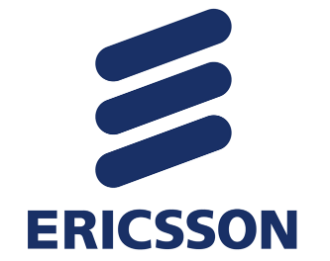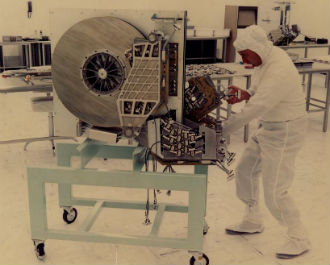 Aston Martin has cooked up an interesting but rather unusal speedster concept, designed with Aston’s racetrack heritage in mind. Aston tapped the design of its legendary DBR1 race car to come up with the CC100 Speedster, but although it has some ancient race track chromosomes, it features down to earth engineering under the bonnet.
Aston Martin has cooked up an interesting but rather unusal speedster concept, designed with Aston’s racetrack heritage in mind. Aston tapped the design of its legendary DBR1 race car to come up with the CC100 Speedster, but although it has some ancient race track chromosomes, it features down to earth engineering under the bonnet.
The concept relies on off-the-shelf components found in Aston’s current lineup, including the AM11 6.0 litre V12 and six-speed sequential gearbox. It seems that Aston reckoned the bellow of a proper V12 is a bit more important than fuel economy, and in such a car it most definitely is.
Although it was designed to pay homage to the DBR1 and mark Aston’s 100th anniversary, the CC100 has almost nothing to do with the 20th century. The interior and exterior are build almost entirely from fibre carbon, which means it is a featherweight, although Aston is not saying what it actually weighs.
Measuring just 4.5 meters long, the concept is a bit smaller than most Astons, although it shares some of its proportions with the DB9 and Vantage. However, the end result is quite different and although there is no denying that it looks spectacular, it also looks like they took it a step too far. It is over the top, but then again it is just a concept and even Aston has a right to go wild on its birthday.
It does not look like anything you are likely to see on your commute, as it’s never going into production, but it might be a sign of things to come in Gaydon’s upcoming road-going models.




















